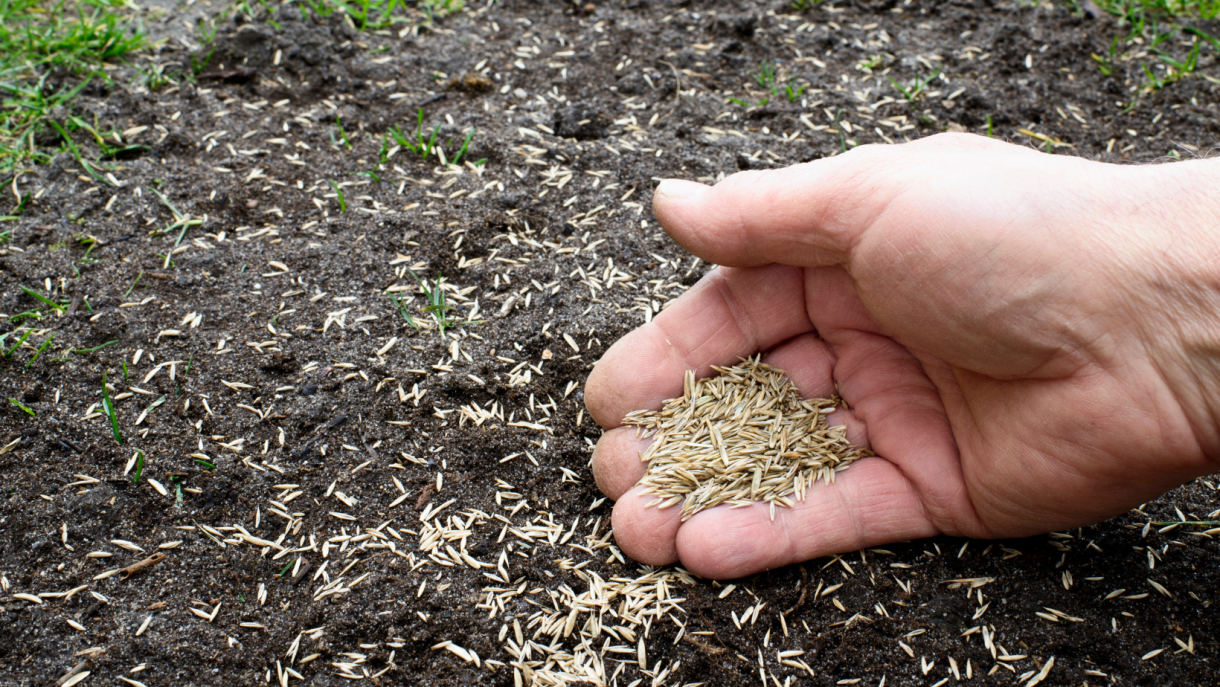Who doesn’t want a lush, vibrant green lawn? Our lawns can provide us with a soft, luxurious carpet for our feet and a stunning backdrop for a beautiful yard. Want to know how to plant grass seed for a new lawn or simply repair bare spots? Here is the when, what and how of it…
When: For best results, you want to plant your grass seed either after the last frost or before the first one – avoiding the harsh, hot summer months in between. So plan your grass planting for spring or fall.
What: One of the most important steps occurs before the planting process even begins…choosing the best grass seed. Warm season grasses – including St, Augustine grass, zoysia grass and Bermuda grass – grow best here in Central Florida. Mixes of hearty warm season grass seed will work well too.
How: Whether you are planting an entire new lawn or patching bare spots, start grass seed planting by aerating compacted soil, loosening the soil by tilling at least two to three inches in depth – which is an ideal depth for grass seedlings to take root.
Next, nourish the soil with pre-seeding fertilizer. Then rake the soil level and let the planting begin!
Scatter seeds evenly over the ground – using a little more than an ounce of grass seeds for every square yard. On larger areas, a rotary spreader is suggested for coverage ease and uniformity.
Cover your masterpiece with about a quarter inch of soil and don’t deviate because too deep will result in slow germination; and if your soil topping is too shallow, you run the risk of your grass seeds being eaten by birds or drying out. Gently tamp down your soil because you also want a firm seed bed. Then water with a fine mist.
Then fertilize every four to eight weeks until your new grass is well established. Don’t mow until the grass reaches three inches in height. Be careful not to over or under water. Think once a week during cooler temperatures and increase that as temperatures rise and the ground becomes dryer. Watering with an infrequent, somewhat heavy a.m. dose will help avoid evaporation and stimulate root growth. Topping your new grass with straw or peat moss can help retain moisture.

